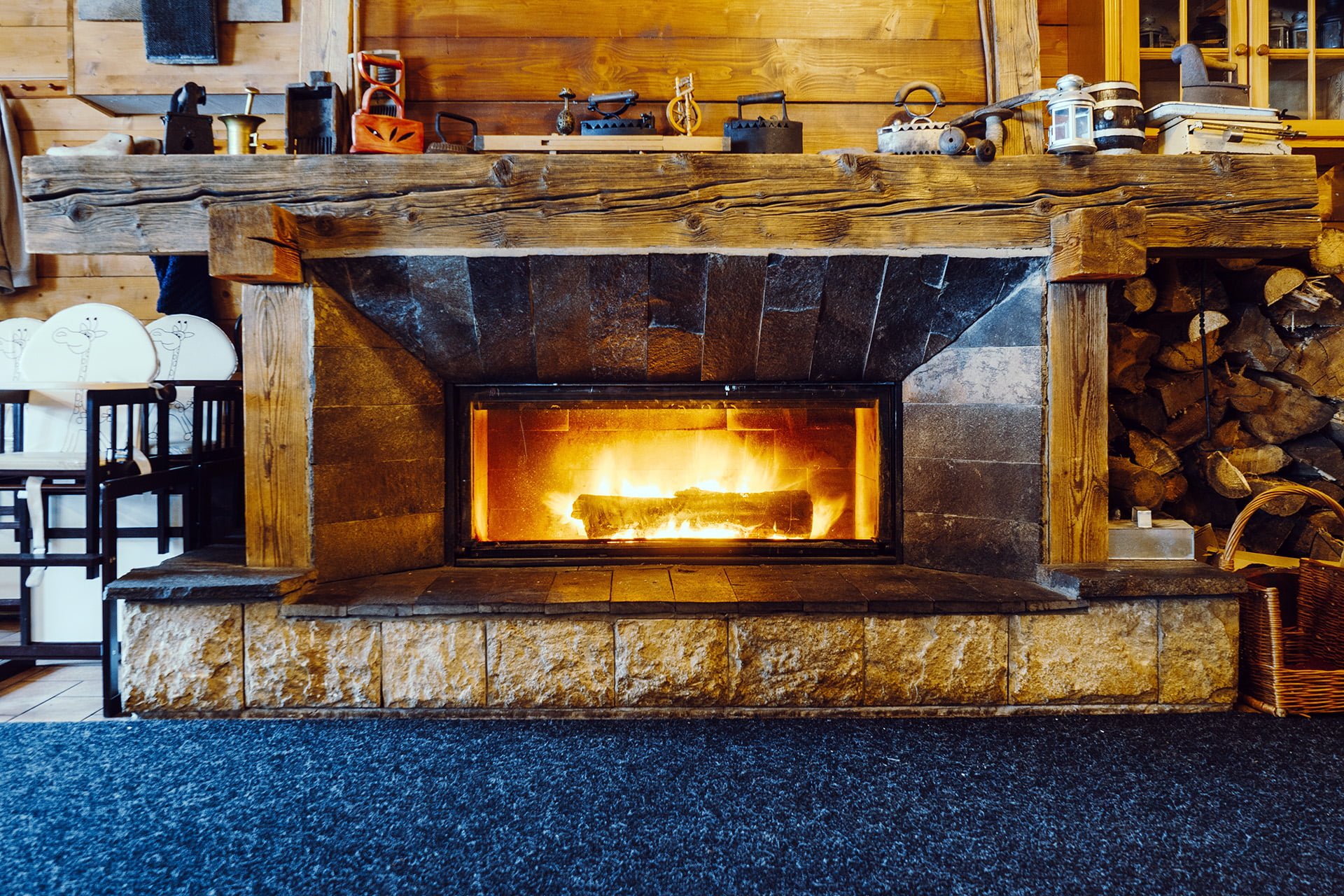What To Expect When Having Your Chimney Swept

If there is a wood burning fireplace in your home that isn’t used very often, then you’re like my family, and you may feel there is no reason to have it swept. As it turns out, having your chimney serviced once or twice a year improves the quality of air in your home and gets rid of creosote and other harmful debris. Your chimney sweep can provide you feedback on how your fireplace has been functioning and will suggest operating tips to improve its performance. A chimney free of debris lets you enjoy your fireplace without worry. The chimney-sweeping season is upon us. Making an appointment before the autumn months is the best practice; after all, we want to have a roaring fire for when Jack Frost stops by! Now that you have it in your head to do this, here is what to expect when having your chimney swept.
What is Chimney Sweeping?
*Creosote is a thick, hard coating of toxic debris that is created when wood, fossil fuel or tar is burned. It needs to be removed to ensure your safety when lighting a fire.
What to Expect
Chimney sweeps use long rods with a heavy metal bristle structure around the tip; it sort of looks like a giant bottlebrush. The chimney sweep should lay down a drop cloth or plastic to protect your home, use a shop-vac to keep dust levels down and wear a mask and goggles in order to keep dust and debris out of their eyes and nose. They either start from the flue and work their way up the chimney, or start on the roof and work their way down, or sometimes even both. Their goal is to scrape all the coating that has built up from fires off of the chimney lining so that it falls down the chimney to be vacuumed and swept away.
Critters and Jitters
When the chimney isn’t in use, birds, bats, and other critters can make a nest in your chimney. I have had two incidences where animals made their way into an unused fireplace and chimney. Once a whole family of raccoons moved in. They ate a hole right through the wall into the living room from inside the soot hatch. Then there was the incident involving a goose at the cottage. He made it down the chimney and into the basement. I arrived at the cottage to find a very cranky goose waddling around. Animals like the chimney for a home because it’s dark, safe and dry. Having a chimney sweep in once or twice a year can help you keep furry and feathered friends away while maintaining a clean and efficient fireplace.
How Do You Prepare?
Prepare for a chimney sweep’s visit by making sure that the fireplace is easily accessible. Move any furniture and decor out of the way, you may also want to cover it, just in case. You should also make sure that access to the chimney is clear so that the sweep can do their job. Chimney sweeps are interested in your home and your personal safety. If you have questions about your fireplace and fireplace safety, they are an excellent resource, so feel free to ask questions when they arrive.
This is a chimney stack, also known as a “sweeping hatch”.
The soot hatch, shown above, is where soot collects to be swept up.
Fun fact, in German the chimney stack or “sweeping hatch” is called a Schornsteinkopf. A chimney sweep will most likely climb up on to the roof and feed the sweeping brush down through the chimney stack to scrape off the buildup when sweeping your chimney.
Soot hatches are often used as an easy way for the chimney sweep to clean your chimney from the outside wall. This is often a necessary addition if you do not have an accessible flue pipe, or a wood stove or wood fireplace.
For more general fireplace maintenance tricks and helpful tips, our blog is a fantastic resource. Don’t forget to go on Pinterest, Facebook and Twitter for even more things Napoleon Fireplaces too.
Happy Sweeping!
Source: Napolean Fireplaces


Thanks for pointing out that over time a chimney can get clogged with debris, gunk, and even creosote which you don’t want to accumulate. My husband and I just moved into a house that has a chimney and we noticed that it doesn’t look like it has been cleaned for a while. I think it would be smart to hire a professional to come in and clean it to help prevent all the build-up and to help make sure that we can use it safely.